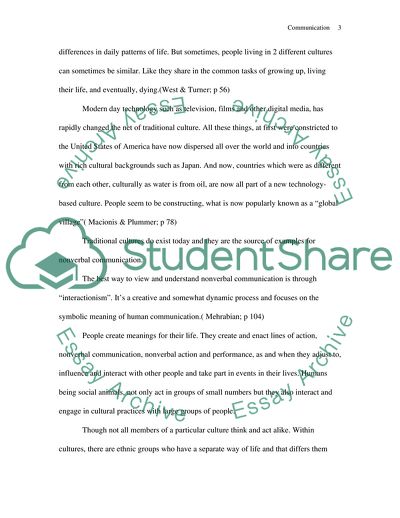Interpersonal Communication Essay Example | Topics and Well Written Essays - 1000 words - 6. https://studentshare.org/journalism-communication/1731627-communication
Interpersonal Communication Essay Example | Topics and Well Written Essays - 1000 Words - 6. https://studentshare.org/journalism-communication/1731627-communication.


